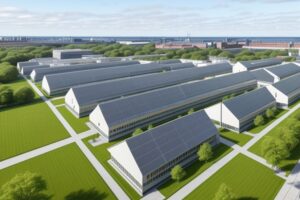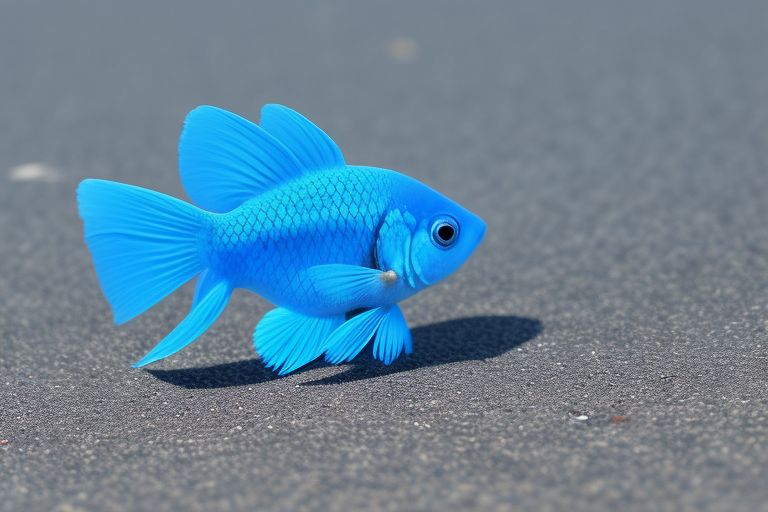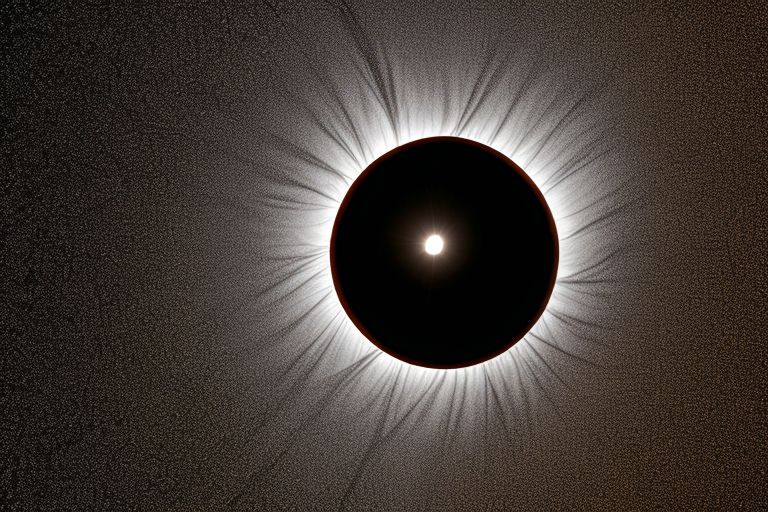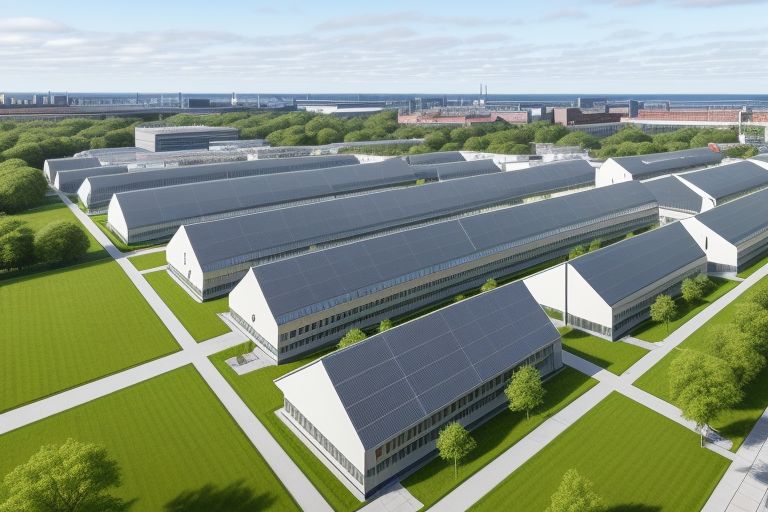In the shimmering world of ornamental fish, one variant has been making waves far beyond its humble origins—the blue goldfish. Over the past few years, this colorful creature has seen a remarkable rise in popularity, prompting a substantial increase in its farming to satisfy the burgeoning demand.
With its captivating hue and allure, the blue goldfish has not only enchanted hobbyists and aquarium aficionados but has also evolved into a symbol of status in various cultures. This article delves deep into the expanding universe of blue goldfish, examining the factors driving its popularity, the challenges of production, and the future prospects of this aquatic industry.
The Growing Popularity of Blue Goldfish
Historically, goldfish have been cherished pets, admired for their beauty and ease of care. However, it is the blue goldfish that has recently caught the eye of the public and collectors alike. Unique in color and often rare, these fish have sparked interest across continents. According to recent industry data, global blue goldfish production has surged by over 25% since 2020, a testament to their escalating popularity.
As of 2023, the production of blue goldfish reached a staggering 500 million, a significant increase from the 400 million recorded in 2020. This rise is reflective of a growing market that has expanded to accommodate the desires of both new hobbyists and seasoned collectors. The blue goldfish, with its vibrant color and graceful demeanor, now accounts for approximately 15-20% of the total global ornamental fish market, up from just 10% a few years ago.
Major Producers and Market Dynamics
The cultivation of blue goldfish has become a focal point for major producers in China, Japan, and the United States, which collectively account for more than 80% of the global output. These nations have capitalized on advanced breeding techniques and extensive farming infrastructures to dominate the market.
The price trajectory for high-quality blue goldfish reflects their increasing rarity and demand, with costs rising by 30-40% since 2020. This price inflation is partly due to the challenges in breeding, which requires specific conditions to ensure the health and vibrant color of the fish. As demand continues to outpace supply, prices are expected to remain on an upward trend, making blue goldfish a lucrative segment within the ornamental fish industry.
Drivers of Demand
Several factors contribute to the rising demand for blue goldfish. Foremost among these is the growing interest from hobbyists and aquarium enthusiasts who are drawn to the unique coloration and aesthetic appeal of these fish. Many see owning a blue goldfish as a chance to enhance the beauty of their aquatic setups, turning ordinary fish tanks into focal points of color and activity.
Moreover, in certain cultures, owning unique or rare fish like the blue goldfish is seen as a status symbol, which adds to their appeal and perceived value. This cultural significance has fueled purchases in various international markets, further driving up demand.
Advancements in Breeding Techniques
Advancements in aquaculture technology have also played a crucial role in the growth of blue goldfish farming. Breeders have developed more efficient ways to produce these fish at scale while maintaining their health and vibrant color. Innovations in fish genetics, disease control, and tank management have all contributed to the increased output and improved quality of farm-raised blue goldfish.
Challenges and Sustainability
Despite the industry’s growth, blue goldfish farming faces several challenges, including genetic diversity, disease management, and environmental impact. Maintaining genetic diversity is crucial for the health and resilience of blue goldfish populations, but it is often difficult due to the selective breeding practices necessary to achieve their unique color. Furthermore, dense farming practices can increase the risk of disease outbreaks, which can devastate entire stocks.
Sustainability remains a concern as the industry scales up. The environmental impact of intensive aquaculture systems, which can lead to water pollution and habitat destruction, is an issue that producers must address to ensure the long-term viability of blue goldfish farming.
Conclusion
The rise in blue goldfish farming is a story of beauty meeting demand. As the world continues to embrace these stunning creatures, the industry must navigate the challenges of sustainable practices and disease management. With continued interest from hobbyists and advances in breeding techniques, the future for blue goldfish looks promising, albeit intertwined with the responsibility to balance production with environmental care. As this sector grows, it underscores the intricate relationship between human desires and nature’s offerings, woven together in the vibrant blues of these captivating fish.




















+ There are no comments
Add yours